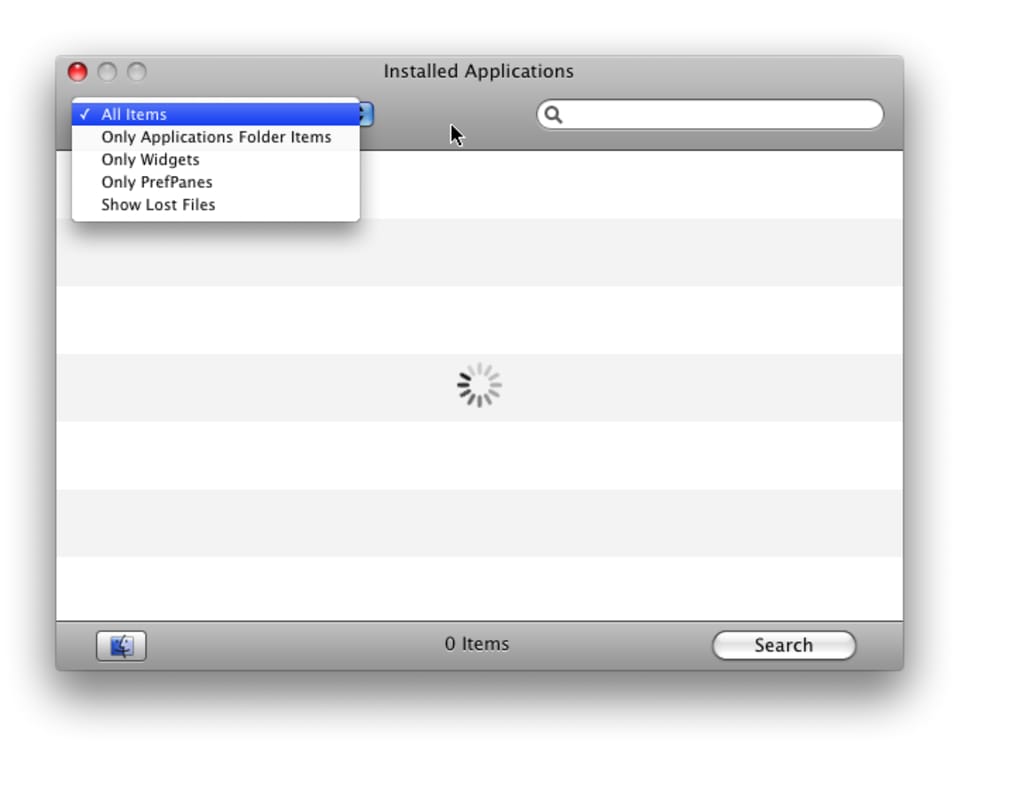
If you cannot find the installation file(s), check the vendor’s website, including its support pages.Ģ. Many good products that consist of more than a single application folder or file now come bundled with their own uninstaller tool that should know exactly what they need to remove.
#ITRASH APP SOFTWARE#
Your first check when wanting to uninstall any software is to locate its latest installation file(s) and check to see if there is an uninstaller supplied. You can always unhide it later through Manage your account.ġ. This contains files, or links to files, for its preferences and other data. Inside that you should find a folder named something like for the app. Open the Library folder of your Home Folder (~/Library) and locate the Containers folder. App Store apps have to be relatively self-contained, so this should clear most of it away in one simple step.Ģ. Note that this does not remove Time Machine backups, only local versions.ġ. If you do not do this before removing the app, those versions could become orphaned: see this article for further details.

Use the Revert to… command in its File menu to browse and remove old versions, as much as you can. If the app uses the new convention to save versions as document backups, those could occupy a lot of disk space. Use these ordered steps to achieve this.ġ. In those cases you will need to locate and remove components manually before you have claimed back both disk space and stability. Whilst convenient shareware removal tools make a good job of cleaning up after regular applications, they may not track down those residuals.

The worst software seems to go out of its way to remain, like a stain on your clothes, and can even render OS X unstable. These may well involve more than meets the eye, with additional components that need clearing away to complete uninstallation. Be most suspicious of applications that try to clean your Mac up, protect it from security or other threats, or enhance its function. When you think that removing an application requires no more than trashing its main file, you should check that there is no more to do.

Some have become notorious for leaving behind detritus that swallows hard disk space, or even worse blocks access to Flash content, for instance. Unfortunately not all applications are as considerate. Considerate developers will then provide a proper uninstaller utility to close those components down and remove them safely, without your having to rummage around system folders and doing the job yourself.
#ITRASH APP MAC OS X#
Sometimes its design is more complex, requiring installation of System Preference panes, of faceless services that are controlled by hidden Mac OS X internals like launchd. The best Mac software is self-contained, leaving few traces when you trash its application from your Applications or other folder.


 0 kommentar(er)
0 kommentar(er)
